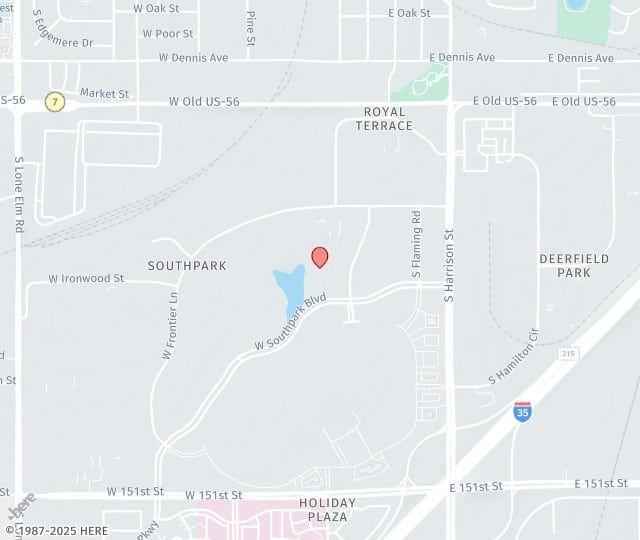Varicose Vein FAQs
Varicose veins develop when the valves in your veins stop working properly, causing blood to pool.
Genetics, pregnancy, long hours standing, weight gain, and age all increase the risk.
They can be more than cosmetic. Untreated, they may cause swelling, skin changes, ulcers, or even clots. Treatment protects your health and comfort.
Minimally invasive office treatments include Radiofrequency Ablation (RFA), Venaseal, and
Ultrasound-guided Sclerotherapy
Insurance usually covers vein treatments if symptoms such as pain, swelling, or skin changes are present. Cosmetic spider veins are not typically covered.
Procedures take 30‒60 minutes. You walk afterward, with little downtime. Mild bruising or tightness may occur but improves quickly.
Modern treatments are 90‒98% successful. Treated veins are sealed, but new veins may develop over time.
Seek board certification, ultrasound-guided care, and experience with vein disease̶ not just cosmetic treatment.
Yes. Compression stockings, leg elevation, and exercise help, but they don’t fix faulty valves.
Most patients return to normal life the same day. Heavy exercise is limited for about a week.
